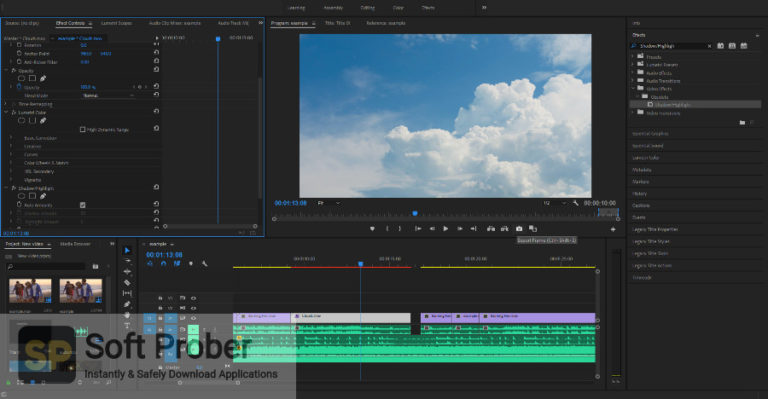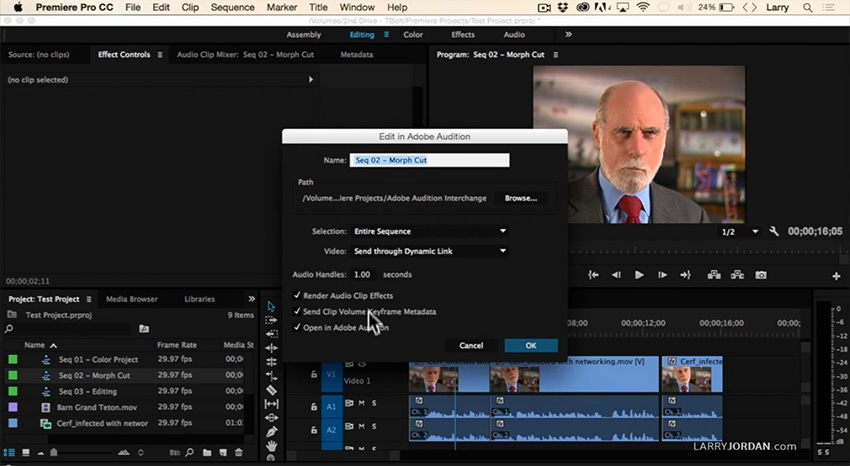

The data of the pixels in the macroblocks is then compressed using a mathematical process called Discreet Cosine Transformation, or DCT. The size of a macroblock depends on the type of compression, but is normally 8x8 pixels. This process involves dividing the whole frame into blocks of pixels, called 'macroblocks'.


Each frame is effectively considered as a still image, and is JPEG compressed. This happens in the frame‑based editing codecs used by Avid (DNxHD) and Apple Final Cut Pro (ProRes 422) and also on specific frames, called I-frames, of the MPEG‑based interframe compressions used by many cameras. Intraframe (also known as I-frame) compression is compression calculated on an individual frame of video. Video compression comes in two basic flavours, intraframe and interframe, names so similar they are often confused with each other. GOPs, Macroblocks & Waveletsīefore explaining the individual codecs, it's probably best to reiterate exactly how different types of compression work. There are two phases of video production that we need to consider: how the material is shot or acquired, and how its edited and post‑produced. Choosing the right kit and workflow pay dividends. Compression of the video signal is an unavoidable fact for all but the highest‑budget feature film work (particularly for HD video, whose uncompressed data rate is around 2.05Gb/s), and it will have an impact on the final picture quality. Given due respect, excellent results can always be achieved. There's a fundamental difference between video production and audio production, in that even quite modest audio kit can work with full‑quality, uncompressed audio files.

This month, we'll get down to some of the real nitty-gritty of video production: what technology and type of compression should you use at each stage of the job? Our two-part series, 'Making Movies', which appeared in the May and June 2010 issues of Sound On Sound, outlined the basic technology and technique behind making videos, and covered some of the issues around cameras, compression and codecs. Find out what you need to know with our in‑depth guide. For most of us, compression is a necessity when capturing and editing footage, but the range of 'codecs' can be bewildering.


 0 kommentar(er)
0 kommentar(er)
